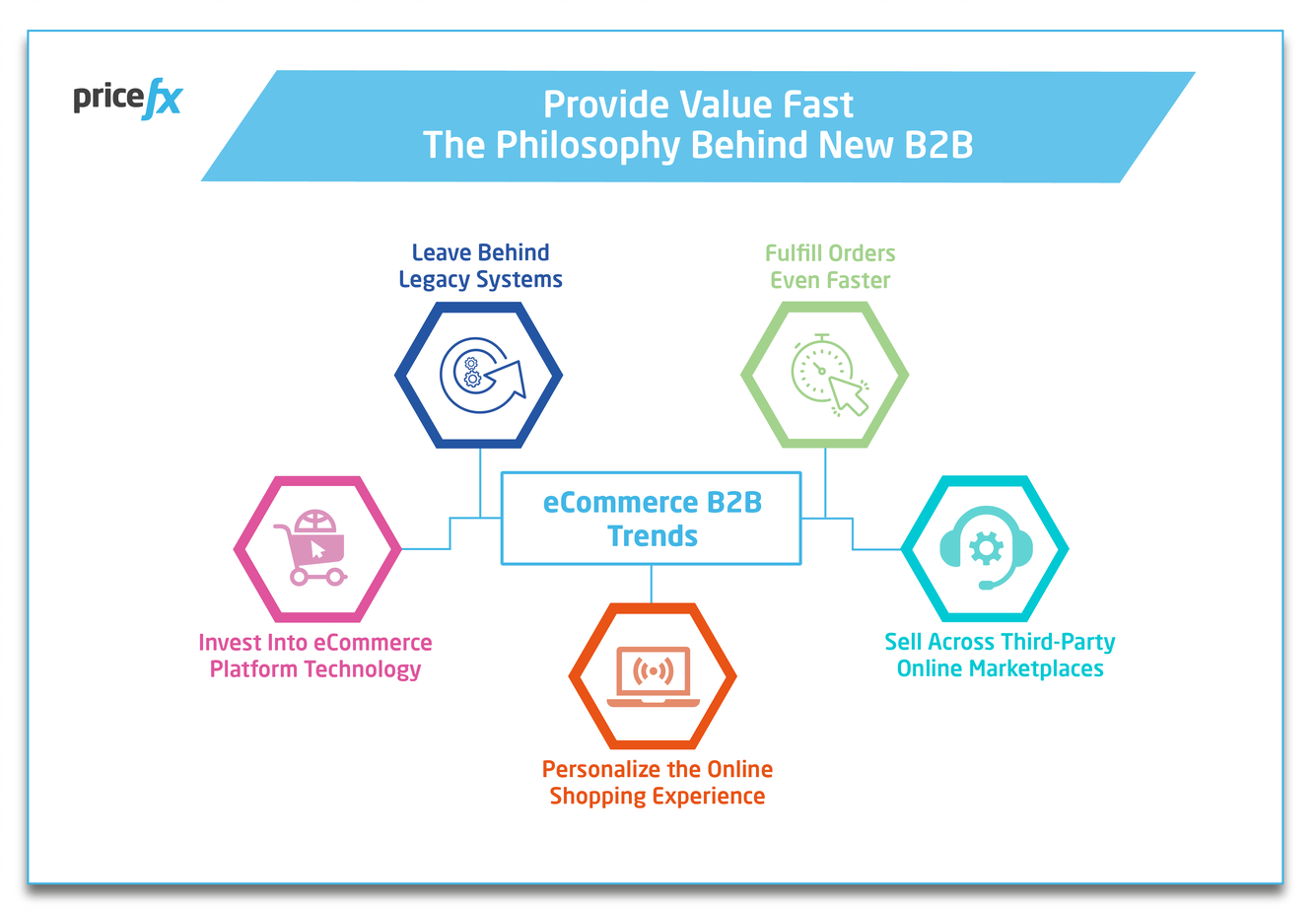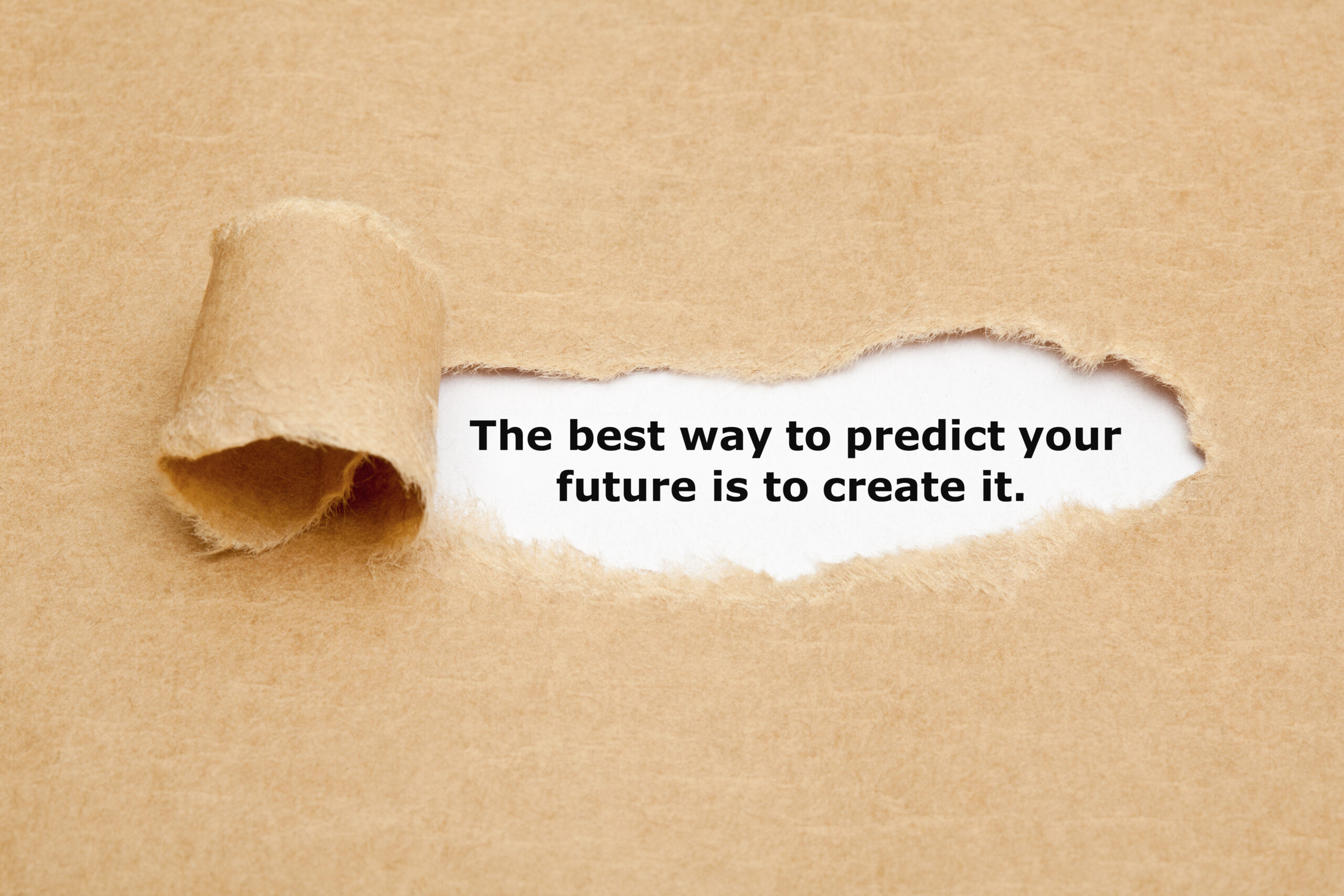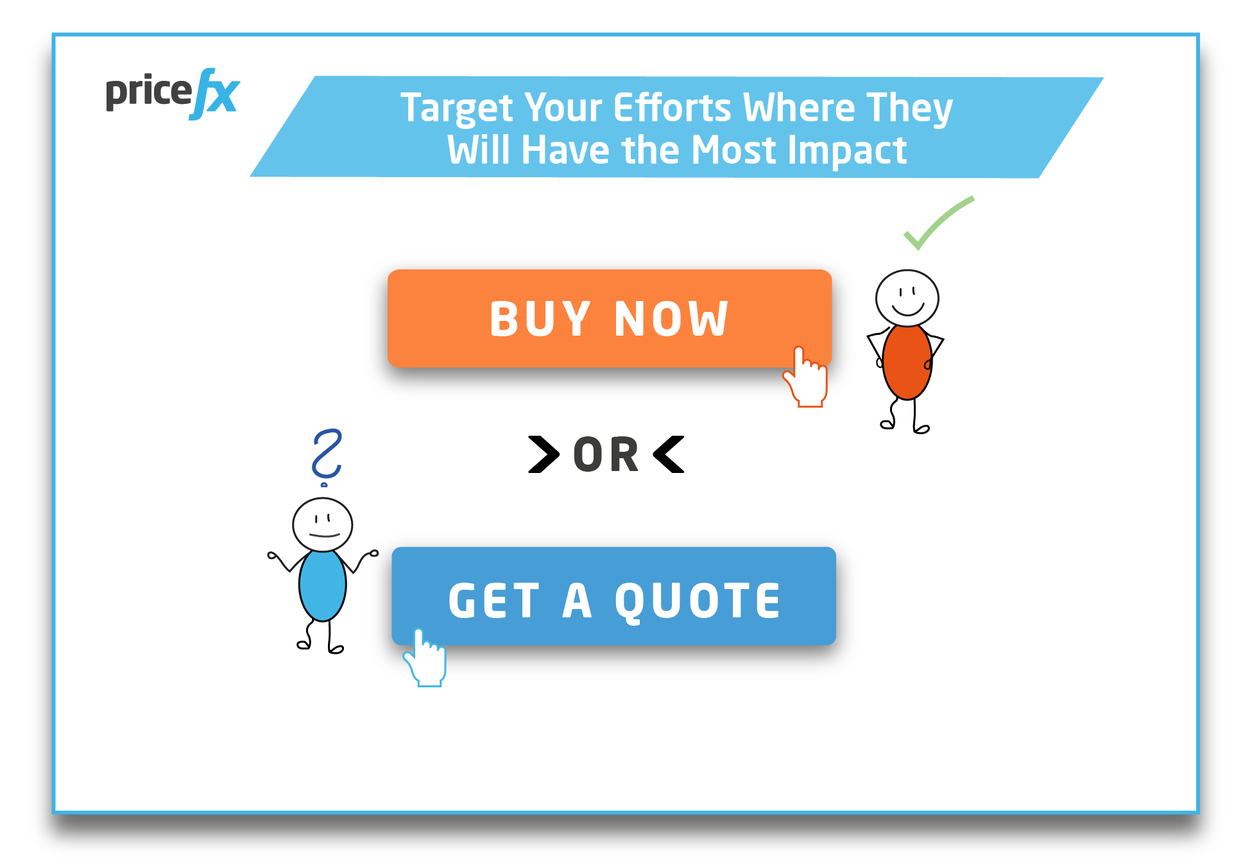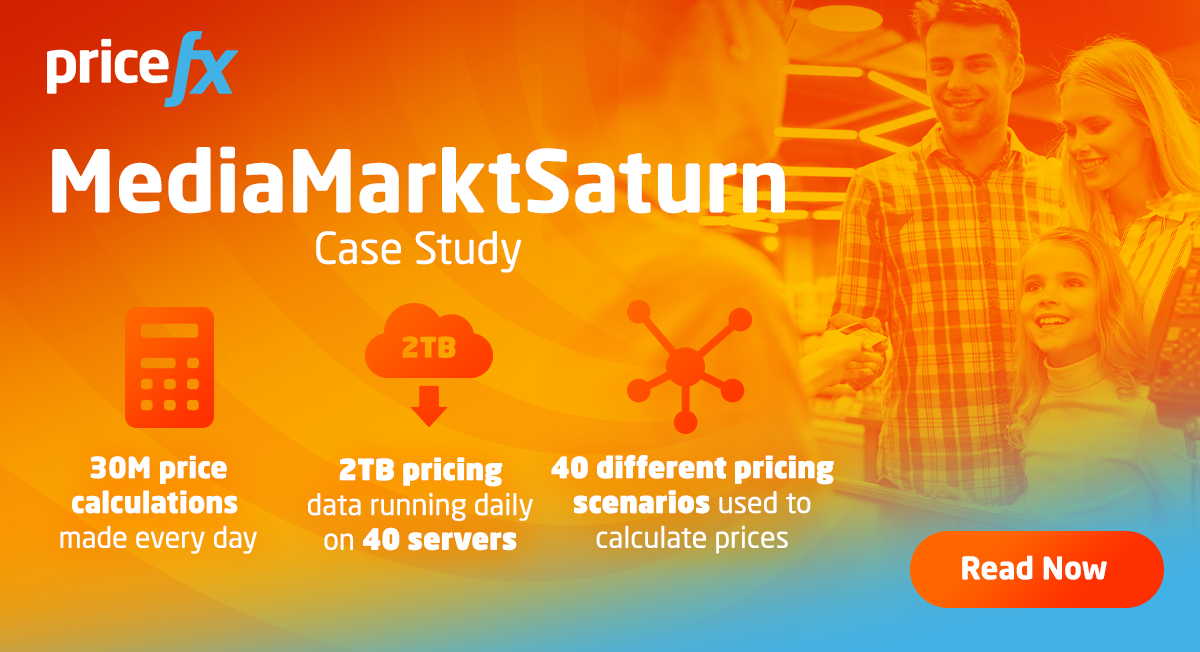The Best Things That B2B Can Learn from B2C: Getting Digital
June 22nd, 2022 (Updated 03/10/2023) | 12 min. read
It is no secret that the global pandemic expedited the shift from in-store sales to online shopping in the B2C environment. What is less well known is that the shift is becoming increasingly apparent in B2B sales. If you’re still working exclusively with sales reps and not offering your B2B customers an online channel for their purchases, you’re already behind the latest trends. Sales tactics may be slow to adapt, however, preferences, behaviors, preferences and expectations of B2B customers are changing rapidly. McKinsey reports that 65% of B2B companies will transact online in 2022, a 12% increase on 2021 numbers, and at a B2C level in 2022, Gartner anticipates that 85% of all business conduct will take place without any form of human interaction.
Today’s B2B customers are very clear about what they want from suppliers: more channels, more convenience, more automation and self-service plus a more personalized experience. Increasingly, B2B buyers are being influenced by their experiences as consumers outside of work. They are a younger generation of professionals, and they want the same kind of mix they experience as consumers: a mix of in-person interactions, remote contact via email, live chat, phone or video, and e-commerce self-service across their purchasing journeys. Adjusting to this new dynamic requires B2B organizations to shift from “traditional” and “inside” sales to “hybrid” to move in sync with the customer.
At Pricefx, we’ve spent the last decade assisting customers to track price moves and trends in real time. And lessons have been learnt along the way across a range of industries and from B2C too. Through those broad experiences, we have developed technological solutions that can assist in giving a modern B2B company the kind of innovative tools they require to interact in these new transaction types.
So, let’s dive straight into the best things that B2B can learn from B2C.
Provide Value Fast – The Philosophy Behind New B2B

Business customers are rapidly shifting from being product and solution-focused to seeking value-laden experiences from start to finish of the transaction – from quickly identifying a problem or product, learning about solution options, to choosing a configuration and a vendor, making the purchase, and finally using and realizing value. Consider this, 49% of all B2B purchases were made online in 2021, and 62% of B2B buyers would like to have dedicated smartphone apps through which they can complete their purchase.
The modern B2B buyer wants interactions personalized to meet their needs – with simple transactions made easy through digital channels, and larger, more complex purchases from companies that treat them as partners more than vendors – helping them to clarify ambiguous problems, provide products that solve those problems and demonstrate trustworthiness. Furthermore, the shift to an experience mindset doesn’t only involve the customer. Today’s best B2B companies are becoming required to design and execute with the experience of the salesperson and the usability of the channel type in mind. Those lessons are learnt directly from B2C;
- Abandon legacy systems
- Adopt Ecommerce platform technology
- Personalize the B2B buying experience
- Selling across third-party online marketplaces
- Examine & adopt social media platforms
- Fast Order Processing & Delivery
1. Abandon legacy systems
In our personal lives, we use software applications constantly. They usually feature attractive and intuitive user interfaces making life easier – and they are accessible from the palm of our hand! Then why at work are the words “pricing software” more likely to elicit thoughts of a Commodore 64 user interface than slick user-friendly applications?
Despite shortcomings, many B2B leaders feel they are handcuffed to legacy pricing systems because they contain vital data. Risks associated with replacing them can seem too much to confront. Instead, to keep up with evolving needs, managers continue to invest millions of dollars to maintain, bridge, and alter business processes in existing legacy systems.
But times have already changed in the pricing software landscape as native-cloud systems begin to take off both in terms of friendly-usability and functionality.
To remain competitive in B2B pricing, legacy systems will need to be left behind as businesses seek to replicate the online shopping experience that retailers provide.
And that means:
- Fulfilling orders faster.
- Providing products at the right time and the right price like never before.
- Increasing market transparency.
- Personalizing the B2B online purchasing experience thereby creating more opportunities to upsell and cross-sell.
2. Adopt Ecommerce Platform Technology
When planning your businesses’ digital transformation, your B2B ecommerce platform is key because it can serve as the epicenter of your digital ecosystem.
However, not all ecommerce platforms are created equal. You may find pricing platforms that don’t truly support B2B ecommerce functionality. Instead, they might offer a few features or workarounds.
Some ERP systems (even huge and well-known ones) are not always the perfect tools to communicate modern pricing needs.
For example, SAP struggles to provide its ERP users with net prices for price quote preparation purposes, hence why it has chosen to partner with Pricefx as a solution to provide the service of using an API to connect with their proprietary tool for better and smooth functionality.
You can learn more about how SAP integrates with pricing software here.
Make sure the technology you choose is right for you and the solution will provide you with the business outcomes you are seeking.
_____________________________________________________
Check out the case study below from giant European electronics retailer MediaMarktSaturn on a successful implementation of pricing technology customized to their unique business needs.
Although operating in the B2C space, MediaMarktSaturn implemented a range of strategies that B2B can easily learn from.
_____________________________________________________
3. Personalize the B2B buying experience
Like consumers, B2B buyers are all unique. They come from different industries, they have different needs at each stage of their buying journey and have different content preferences. Rather than provide a one-size-fits-all experience that includes generic content and messages across channels, leveraging real-time personalization can help you understand each of your prospects and what they are looking for.
You may think that personalizing your digital channels, either to segments or to each individual channel, sounds too difficult.
But……here are some numbers to bear in mind that may change your mind – when an email is not personalized, 52% of customers say they will find somewhere else to go and 82% of marketers have reported an increase in open rates through email personalization.
4. Sell across third-party online marketplaces
Channel diversification and third-party marketplaces have become an essential part of the B2B buyer journey. any B2B buyers find inspiration and start their search for products on online third-party websites.
What’s more, in 2021, 15% of US buyers and 20% of UK buyers reported that they make their purchases through Amazon Business— and although it is a huge one, Amazon is only one of many third-party B2B marketplaces that companies can now choose from.
The greatest strength of third-party marketplaces is their ability to attract new customers. It is a massive opportunity to reach markets globally, test your new products, and above all, make more sales.
5. Examine & Adopt Social Media Platforms
For many years, B2C has been winning new customers and generating new business through social media, but now B2B is jumping onboard too with many businesses having already made the decision to add social media selling as another weapon in their marketing and selling ‘bow’.
According to a 2020 Gartner study, approximately 46% of B2B buyers begin their buying journey on social media platforms, 40% use social media to compare products, and 35% use it for specialist product functionality discovery information before they buy.
Like any innovative technology adoption, we recommend beginning with baby steps.
Before setting yourself up with selling through a social platform, try experimenting with B2B marketing through social media.
Choose a platform(s) most relevant to your audience that your customers will relate to and post ‘educational’ content on how your products work, and/or stories from customers on their good experiences with your company. This will be critical intelligence to gather before setting up an online store.
6. Fast Order Processing & Delivery
In a generation shift, today’s B2B companies are staffed by millennials fully acquainted with the ease of shopping online their entire adult lifetimes. It’s only natural that this new generation of B2B employees expect the same level of visibility, transparency and ease of delivery in their professional lives too.
With the growth in customer expectations, processing orders quickly and into the hands of buyers rapidly underlines another new way for B2B companies to appeal to buyers.
Technology can assist in making that transition possible in terms of price management, centralizing product and client information, recalling previous purchases from customers, and reducing supply chain complexities.
A New B2B Online Sales Channel Brings New Opportunities

B2B organizations focusing on personalization, speed and outcomes in their businesses are poised to gain market share. Leading B2B sales organizations are reimagining interactions and operating differently to create differentiated experiences.
First up, it begins with a total understanding of the customer and their buying process at a deep level to design the right buying experiences. Secondly, delivering those experiences will require new and continually evolving selling motions across the buyer’s journey, not narrowly focusing efforts on the sales process, including better use of digital B2B channels.
New B2B Opportunities to Grasp
With the introduction of a new online buying channel for your customers, a range of potential opportunities begin to emerge;
- Personalized Offers Close More Business – If you own or run a B2B company, it’s time to acknowledge that your buyers want to be approached with relevant offers at the right price and at the right moments to increase the load in online shopping and profit. They want it all and they want it now, not when it is convenient for a sales rep. They have little to no patience for generic pitches when they are busy with another task. In a competitive market, this personalized engagement can often be the key to business success.
You can use your newly created B2B web shop to gather market intelligence and additional data to make recommendations on other products that your customers may be clicking on when shopping. Tracking and tracing your customer’s interaction data may present you with excellent sales opportunities. This data may include the kind of clickstream data we have referred to above, product affinity data (kinds of products your customers like) and shopping basket sensitivity analysis (relationships among products that frequently appear together).
- Educate your customers on alternate products – In the world of eCommerce, 80% of the product assortment usually make up 2% of the sales. In other words, only 20% of the product lines make up 98% of all sales. The landscape is ripe for educating your customers about more of your products to increase the size of shopping baskets checking out of your online store. Offering the right product, at the right time, at the right price for each customer will be key to maximizing your sales.
- Insights to Win Traffic and Baskets – It may seem counter intuitive, but generally, your customers find you, not the other way around. Produce the right product information for your potential customers to guide them through their online buying journeys. On average, your B2B customers will view 10 pieces of content before making an online purchase. Consequently, great quality content about your products, prices and possible points of negotiation becomes increasingly relevant.
- Target Your Efforts Where They Will Have the Most Impact – Getting smarter with how you deal with inquiries will have positive impacts. Attempt to become more targeted in how you respond to quotes on a customer-by-customer basis.

Hybrid sales models using automation and your experienced salespeople are beginning to become commonplace and lead to more intuitive and customer-appropriate responses. For example, for small quotes you may be fine to allow these quotes to be managed by an automated algorithm, while larger quotes you might prefer to be handled by your experienced salespeople. And you can set that up utilizing the appropriate technology on your website.
Consider using ‘Buy Now’ button together with a ‘Get a Quote’ in parallel on your checkout page.
Most importantly, using smart AI-informed pricing software can assist in guiding your sales team to offer the right price (critically – also via the right channel!) at the right time to your B2B clients.
This level of automation in sales guidance can lead to an increase in conversion and sales numbers and ensure the sales are made at the optimal price points, not to mention bringing down the overall cost of sales.
Now I Know the Best Things That B2B Can Learn from B2C – What’s Next?
We trust you’ve enjoyed learning some of the top tips that B2B can learn in digitalizing their sales and customer experiences from B2C. No doubt the experience has you ready to put some of these ideas into practice and looking forward to learning more about putting the technology in place to make it a reality for your B2B business.
At Pricefx, we’re all about getting you access ASAP to the pricing software that you know is going to revolutionize your B2B selling processes and bring you the tools and opportunities you need to excel in your marketplace.
As your next step in the learning process, check out the article below to discover more about choosing the best type of pricing software for your business:

